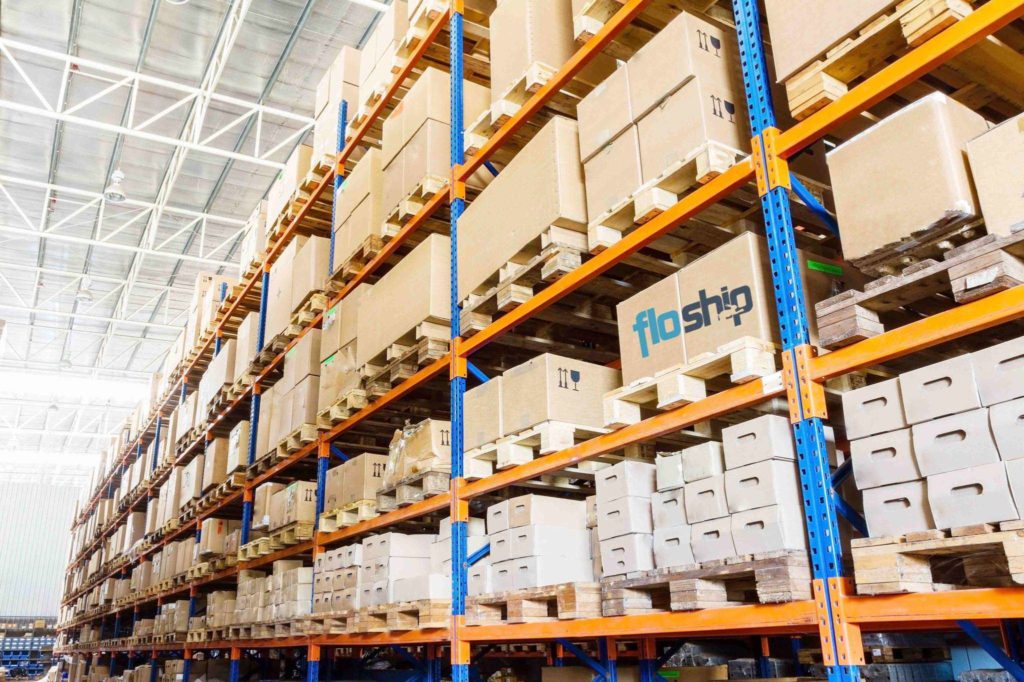The world’s largest retailer, Amazon, has been blamed for the decline in foot traffic to brick and mortar stores, in recent times.
More people seem to find it easier to point and click online than wait in line at Walmart.
But Amazon isn’t really enjoying a monopoly; many mid-size and smaller (one-man business) retailers are also taking their businesses online.
As the Internet has become more wide-spread, electronic commerce has allowed customers in Hyderabad to discover retailers to Spain. But selling via the Internet isn’t as recent as many may believe.
The First Time Ever
The first recorded e-commerce transaction took place between students of the Stanford Artificial Intelligence Laboratory and the Massachusetts Institute of Technology, around 1972. Using the ARPANET network, which would later form the basis of the modern Internet, those students arranged the sale of marijuana.
Yes, the very first e-commerce transaction was a pot deal.
But since then, e-commerce has provided many businesses with lucrative (and legal) revenue streams; and it’s not just the NewEggs and Walmarts.
Mid-size and even smaller retailers can all grab a slice of the global e-commerce industry; last year alone, the industry generated a whopping $1.3 trillion in sales. And the projections remain favorable moving forward, with an estimated $6.7 trillion in revenue by 2020.
Grab A Slice
Selling online is basically the same as selling offline; find a gap in the market that has buyers and offer to fill it.
Small business owners can find small niches and product needs that the larger retailers are not catering to. Then they find reliable suppliers or manufacturers and set up a shopfront with a platform like Shopify. Selling online can be as straightforward as that. Until it isn’t.
The part of the plan where many small businesses stumble is finding reliable storage and distribution partners. Amazon’s warehouses start at around 600,000 square feet, and they have at least 94 of them in the U.S alone. That is a LOT of floor space available to stock almost any stuff.
On the other hand, your small business is probably still being run out of your garage. While this keeps costs down, you’ll need an alternative storage spot as the business grows. Renting your own warehouse is an option, but it can get expensive; plus the cost of paying for staff, equipment, insurance, and much more.
This is where a fulfillment warehouse can come in handy.
A third-party logistics provider (3PL) can remove all the hassles associated with storage and delivery of your orders. Think about it; wouldn’t it be great not to worry about stocking, picking, packing AND sending your orders? Wouldn’t that time be better spent reaching out to more customers or find more product lines to carry?
How it Works
-
For one, you don’t have to carry any stock: simply have your stock shipped to the safe 3PL facility and it will be picked from there, as your orders come through.
-
Speaking of orders, you can send the company a list of orders at the end of the day so they start picking and dispatching. Or you can sync your storefront with their proprietary software, so that sales get forwarded to them as they come through.
-
When orders are made, the 3PL company picks, packs and ships the product with your branding.
-
You can also take advantage of their industry contacts and get discounts on shipping, leaving you with a larger profit margin.
You’ve ‘barely lifted a finger’ and a transaction has been recorded and the goods dispatched; that’s the leverage that a fulfillment warehouse can give you.
The extra cost is minimal when compared to having to pay a pick and pack fee, space rental fees, shipping and handling costs etc. With a fulfillment warehouse, all these costs are bundled in a sensible payment plan.
Use the time saved to focus on improving your core competencies, discovering new product lines and increasing your business revenue.
Whether you are supplementing revenue with an e-commerce platform or strictly selling online, we understand just how important satisfied customers are to you.
With this in mind, we aim to provide a positive and memorable experience for your customers every time they order.
Even if you have a special order, our experts can design custom solutions that won’t break the bank.
What are you waiting for?
Contact Floship now and find out how you can benefit from the leader in worldwide shipping solutions.
Related Articles
- Small Business? Should You Outsource eFulfillment?
- Shipping From Overseas: Top 8 Things To Consider
- How To: Retail Apparel And Accessory Fulfillment For eCommerce Businesses
- International Shipping Challenges and YOUR Global Store
- A Layman’s Guide To HS and HTS Codes
- 7 Crazy Reasons Why Packages Get Destroyed

Ready To Upgrade Your Logistic Solution?
Speak to Floship ecommerce logistic consultant about improving your global support chain today




